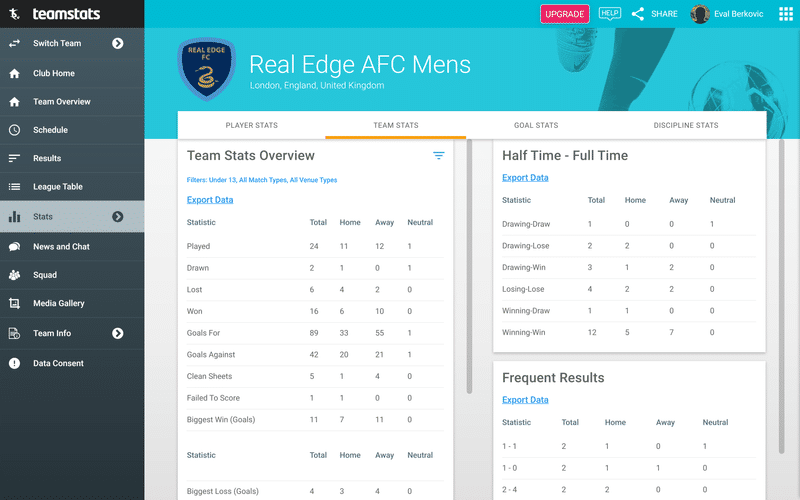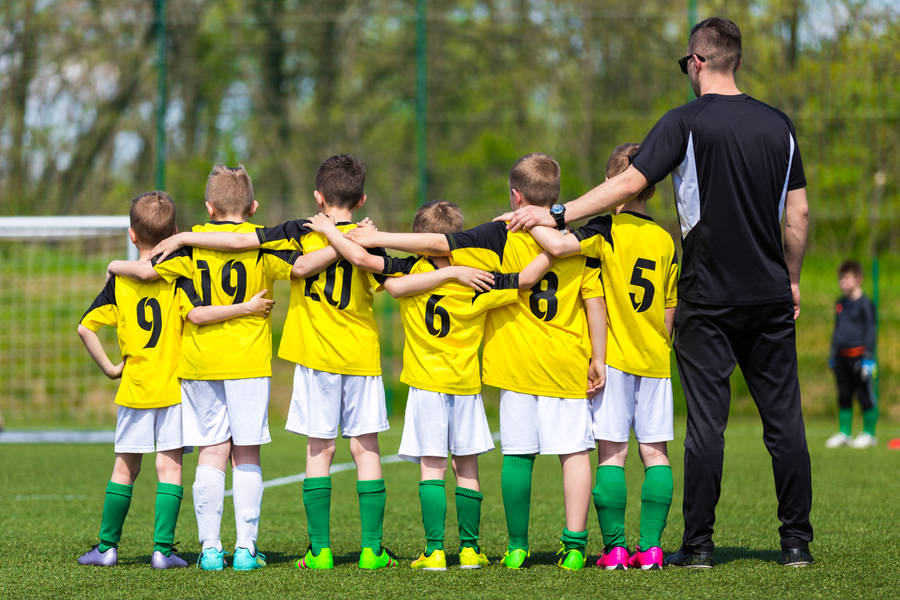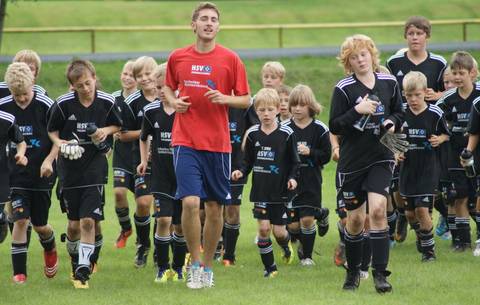Grassroots football sets the foundation for discovering and nurturing young talents. The stage that is set in front of an enthusiastic community to perform and enjoy footballing fosters a love for the beautiful game in the youngsters that participate, and in the fans and followers that keep around.
Some grow up to become professional footballers, some of whom can even become icons in the game, inspiring and entertaining countless fans and attracting the interest of countless punters. Since nowadays, finding a list of crypto bookmakers with the best odds and reputation has become as easy as it gets.
But the effect goes far beyond the sporting world. Those who grow out of football can potentially move to various sectors in life with a positive, resilient, competitive, focused, and confident mindset. This makes grassroots football the place for cultivating and encouraging a positive mindset in players.
However, all these good things don’t come for nothing. While many play and support grassroots football for fun community events, there’s no space to deny the impact it puts on future generations in their love for and dedication to the game.
In this article, we dive into the intricacies of long-term player development within grassroots football. Let’s discuss the pathways, progression, and player path to success in today’s article— a comprehensive guide to unlocking the potential of young players on their footballing journey.
The Pathways and Progression in Grassroots Football
Every player's journey begins somewhere, and understanding the various pathways available in grassroots football is crucial, because every kid has different aspirations, abilities, and love for different things.
Player pathways refer to the different routes and opportunities available for young players to progress and develop their skills, for example—recreational, competitive, and academy systems. By differentiating kids with different aspirations and levels of dedication, we can effectively create groups with different focuses.
While some kids would go the extra mile for the sheer competitive mentality and deep love for the sport, others would only love the fun part and collapse under pressure. By recognising goal- and age-specific milestones and the importance of appropriate training, we can help children thrive not just in the sport, but on their journey toward a bright future.
Identifying and Nurturing Player Potential
Every kid has unique potential waiting to be unlocked. Every kid has unique skill sets and strong suits, as well as unique areas of interest, just as every kid has different weaknesses. By delving into strategies for identifying and nurturing talent, we can set kids on the paths they would shine the most.
By emphasising the importance of individual player development plans and setting appropriate goals, we can set a balance between player aspirations and realistic expectations. Thus, we can help players chart their path to success as well as foster their love for the beautiful game.
Creating a Player-Centric Environment
One of the keys to player development is to empower individual players and practise a player-centred approach. By adopting strategies for creating an environment that encourages autonomy, we can help players gain and grow much-needed skills such as decision-making, leadership skills, handling pressure, and growing confidence.
By placing the player at the centre of their footballing experience, we can nurture their love for the game, which, as a result, can enhance their overall development. This also makes assessing their growth more accurate and appropriate.
Creating a Supportive Environment
It is crucial to address the factors that can contribute to one of the main hurdles faced by grassroots football teams—young players dropping out. In a sector that’s attracting more and more support from outside, it’s time we took the initiative to ensure support from the inside, namely—family, team, and the respective community.
For example, we can limit the pressure put on players by unrealistic and exaggerated expectations from coaches and parents. We can focus on making the environment in the training facilities more inclusive and fun. And lastly, we can create a surrounding that not only celebrates the successes but also welcomes the failures.
Only if we can create a supportive and nurturing environment that prompts players to stay engaged, regain their love for the game, and build confidence in their skills, will we be able to ensure a brighter future for the players.
Performance Analysis
Performance analysis is a valuable tool in any footballing landscape. By utilising proper analytical strategies, we can identify what drives a player toward improvement and what brings the team success.
We explore different recipes of performance analysis that utilise video analysis, statistical data, and feedback to enhance tactical understanding, individual skill, and team performance. By leveraging these insights, players can identify the areas they need to improve, and coaches can tailor their training strategies more effectively.
Tactical Development and Mental Skills Training
Understanding game strategies and on-field tactics are essential for growing a proper footballer. In developing good players and teams, it’s important to make them aware of various tactical concepts, principles of play, formations, and positional roles.
Moreover, the mental aspect of the game also plays a vital role. Following proper mental skills training regimes will help coaches come up with great techniques and routines to build resilience, focus, and confidence in players. This will help them manage performance anxiety and promote mental well-being so that they can make the most of their potential.
That’s why grassroots football teams need carefully designed training regimes with sensibly crafted drills and exercises so that the players can enhance their tactical understanding, decision-making, and adaptability on the field.
Final Thoughts
In the world of grassroots football, long-term player development is the cornerstone of success. As coaches, parents, and supporters, let us commit to nurturing the next generation of talent, empowering them to pursue their best and excel on and off the pitch. Together, we can shape a brighter future for grassroots football.



















